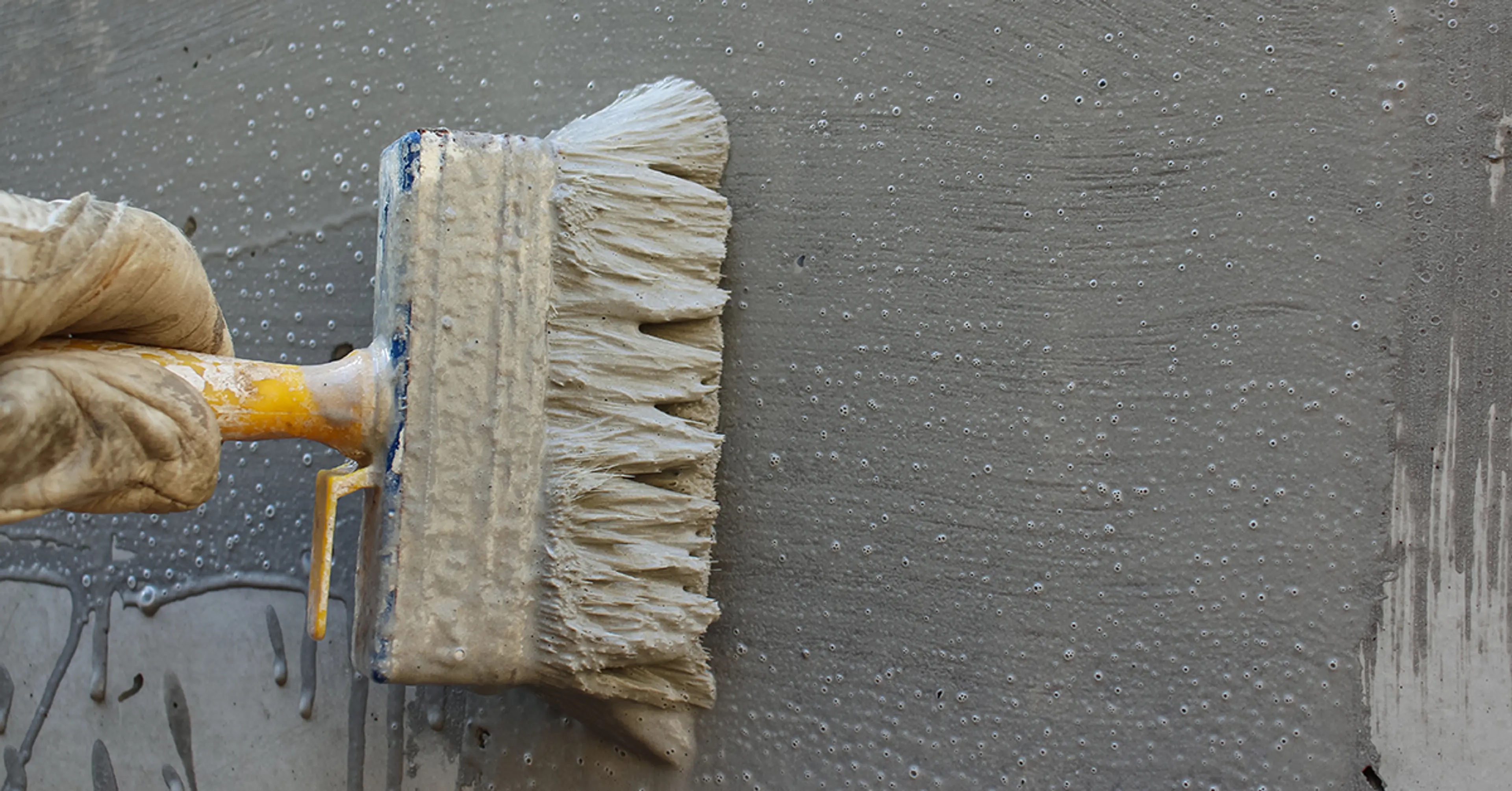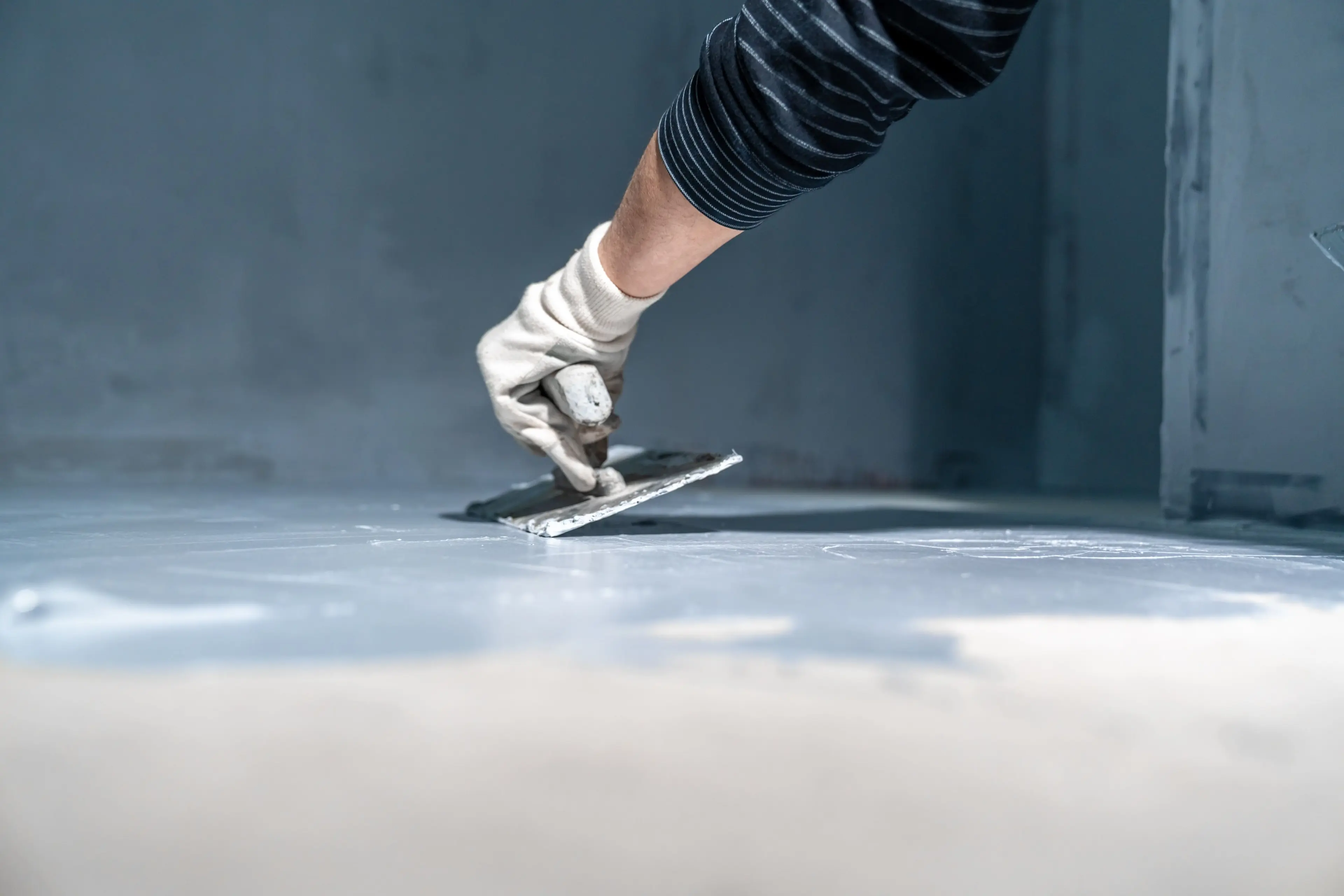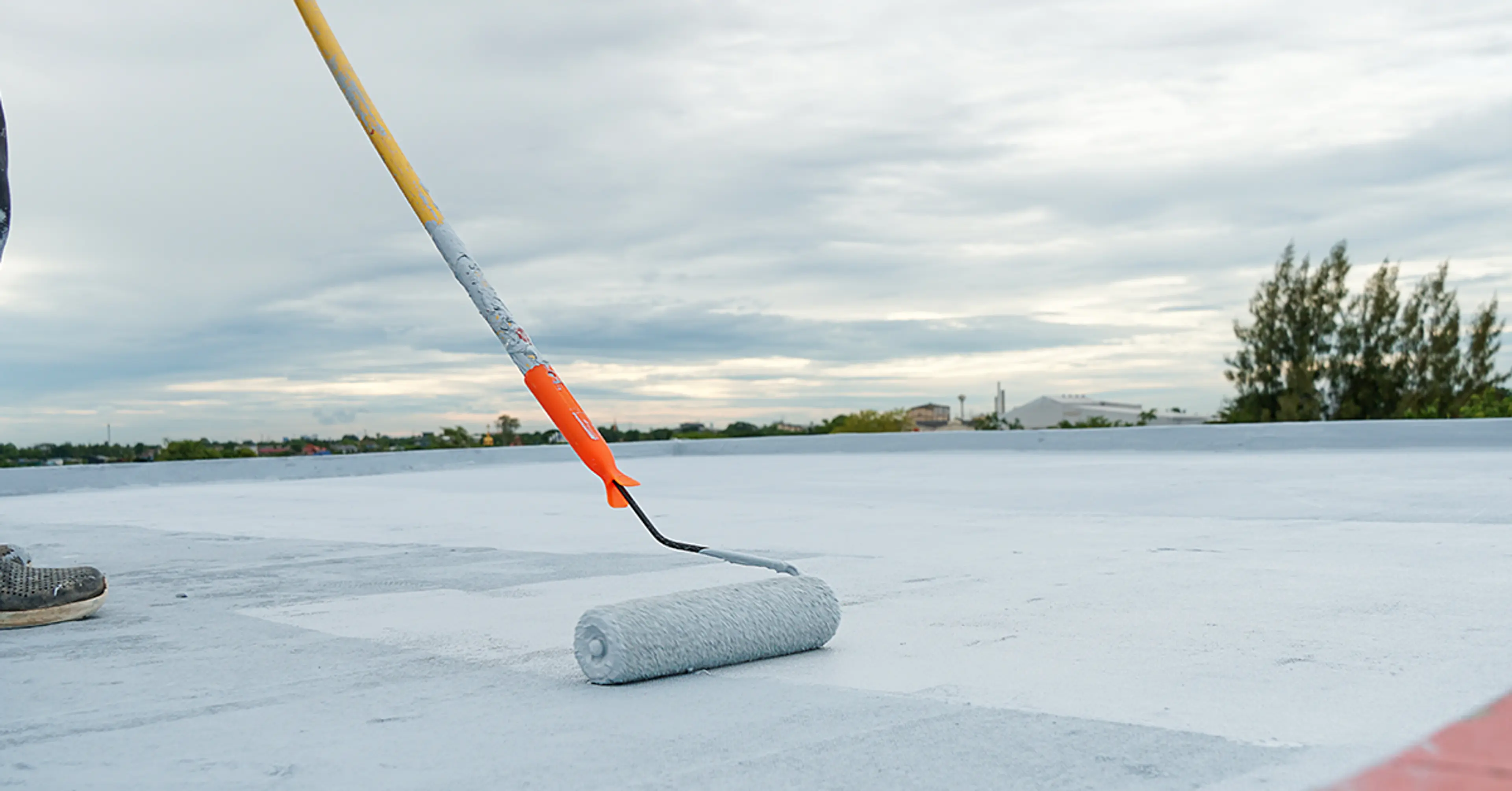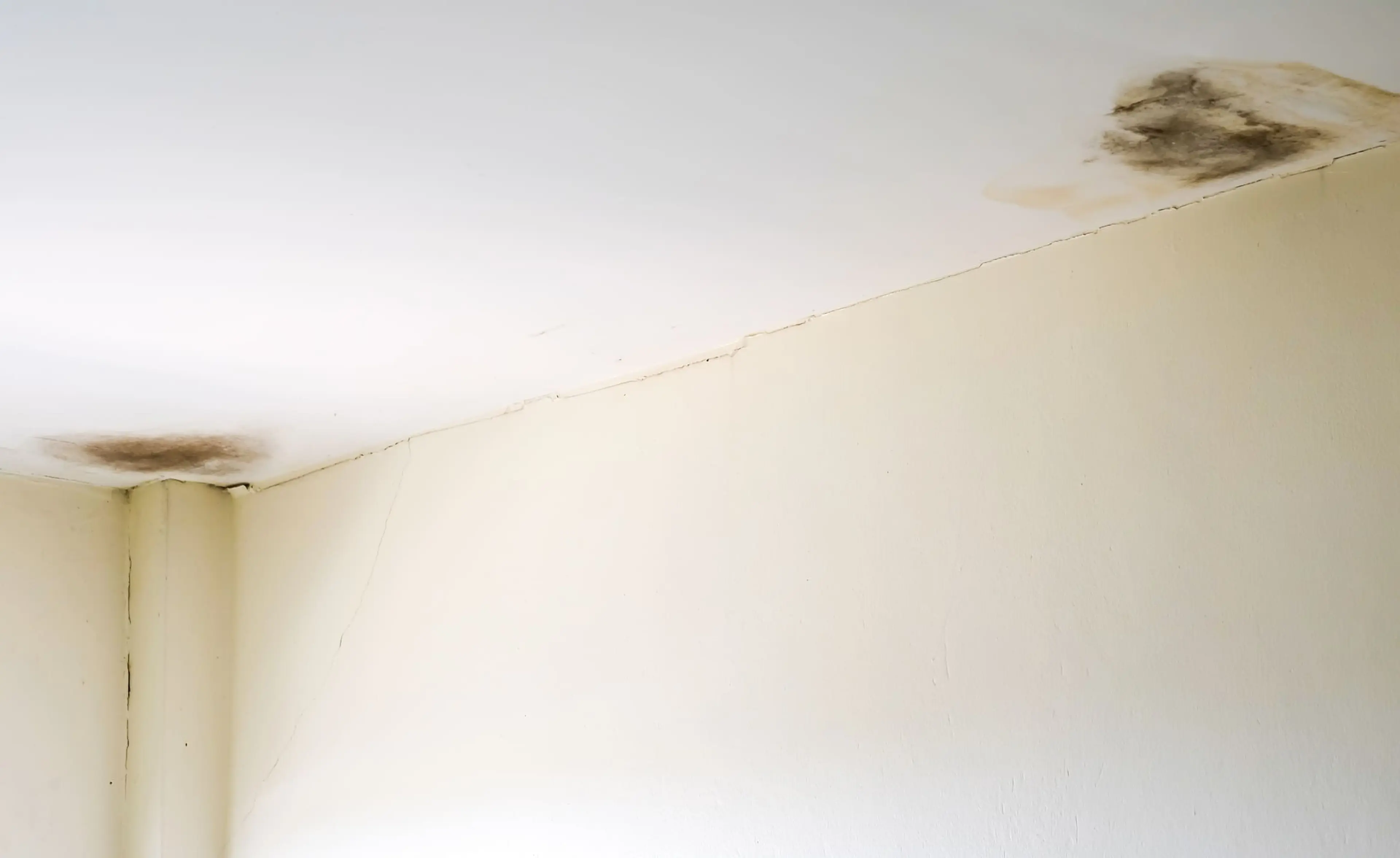What Are Some Ways Of Wall Waterproofing? Find Out Here!

 Jun , 2023
Jun , 2023- Waterproofing
- 5 Min Read
Read this blog to discover the best waterproofing techniques for a leak-free home.
If you have ever had to deal with a damp and leaky wall, you know how frustrating it can be.
This is why it is essential to protect your home from water leakage problems. Wall waterproofing, be it interior or exterior wall waterproofing can improve the durability and longevity of your home, preventing costly repairs in the future.
In this blog, we’ll discuss some methods of wall waterproofing to keep your home safe from water damage caused by poor waterproofing or lack of waterproofing.
Concrete Sealer: Concrete is a common material used in construction, but it is porous and prone to water damage. Applying a concrete sealer can prevent water from penetrating through the walls. The process includes cleaning the surface, filling any cracks or gaps and applying the sealer.
Concrete sealers can be used in various rooms of a house, such as basements, garages and outdoor patios, where the surfaces are exposed to moisture, humidity and weather conditions.
Liquid Waterproofing Membrane: It forms a continuous barrier against water intrusion. The process includes cleaning the surface, filling any cracks or gaps and applying the liquid membrane.
These membranes are commonly used in wet rooms such as bathrooms, kitchens and laundry rooms, where water is frequently present.
Polyurethane Waterproofing: It is commonly used in construction and building maintenance. It is a versatile material that can be applied to a variety of surfaces, including concrete, wood, metal and plastic, to provide a protective layer that is resistant to water, chemicals and abrasion.
This technique is commonly used in areas where water infiltration is a concern, such as roofs, terraces, balconies and foundations.
Cementitious waterproofing: It uses cement-based materials to prevent water from penetrating into a building or structure.
It is commonly used in below-grade applications such as basements, tunnels and swimming pools, where moisture infiltration is a major concern.
Bituminous Coating: It uses bitumen or asphalt. The process includes cleaning the surface, filling any cracks or gaps and applying the bituminous coating. It is an affordable and durable option for waterproofing walls.
It is a popular option for roofs, foundations and walls.
Conclusion
Water damage is a homeowner’s worst nightmare, and one of the most common culprits is a leaky wall.
Hairline cracks in walls can be another problem for homeowners, and they can be a sign of potential water damage. When water seeps through these cracks, it can cause further damage to the wall and compromise its structural integrity.
Waterproofing experts can repair hairline cracks by including them in their waterproofing strategy. If you enjoyed reading this, we suggest you take a look at How To Repair Hairline Cracks In Your Home.
Opt for Berger Homeshield waterproofing solution if you notice any signs of dampness or if you want to prepare your home for the monsoon season. The waterproofing experts use Homeshield Concrete Moisture Meter to measure moisture content in the wall.
Homeshield Moisture Meter can detect trapped moisture in concrete floors, wall and ceilings, which could be due to leaking roof, damaged pipes, rainwater or underground seepage.
Now no more damp and musty walls, no more sleepless nights worrying about leaks, just a watertight home that is safe and unharmed. By taking the time to invest in proper waterproofing, you are not just protecting your home; you are investing in your peace of mind. SMS ‘HS’ to 56767 to connect with Homeshield Waterproofing experts.
So, do not wait any longer – let us make your walls watertight and say goodbye to water damage for good!



